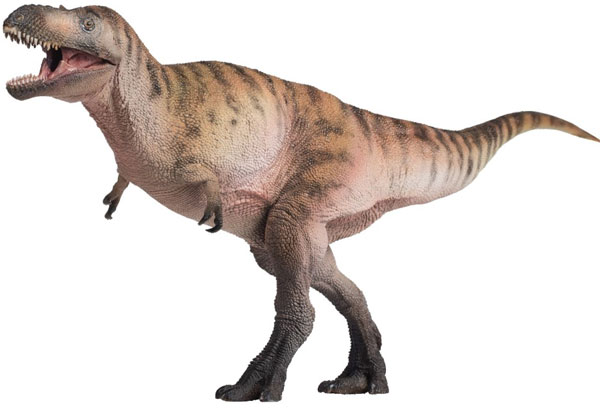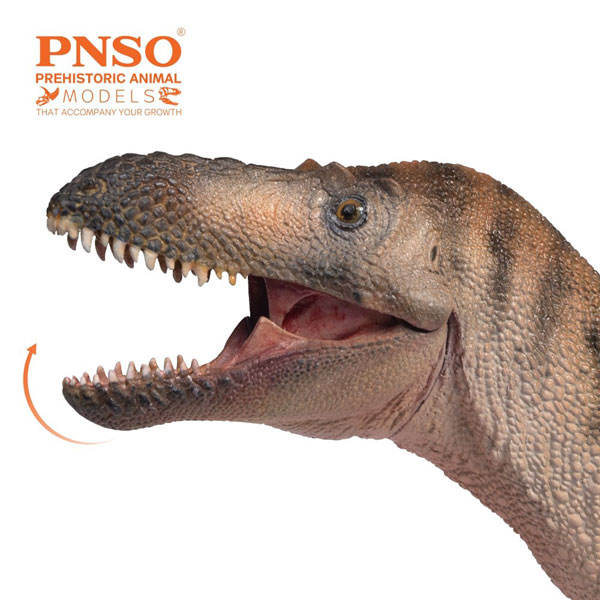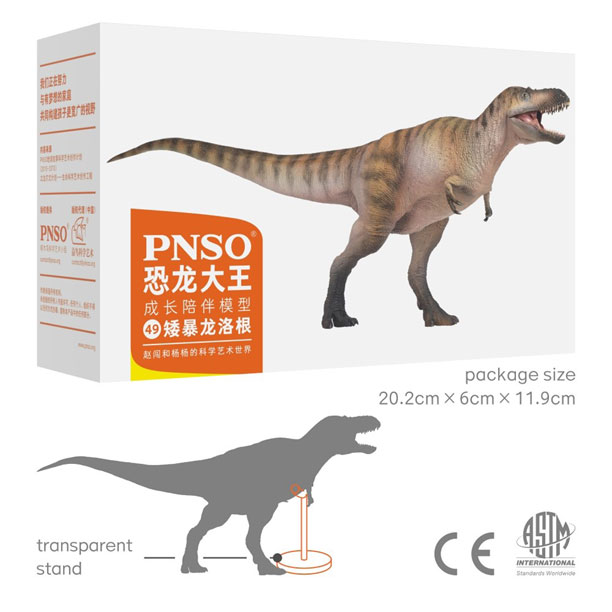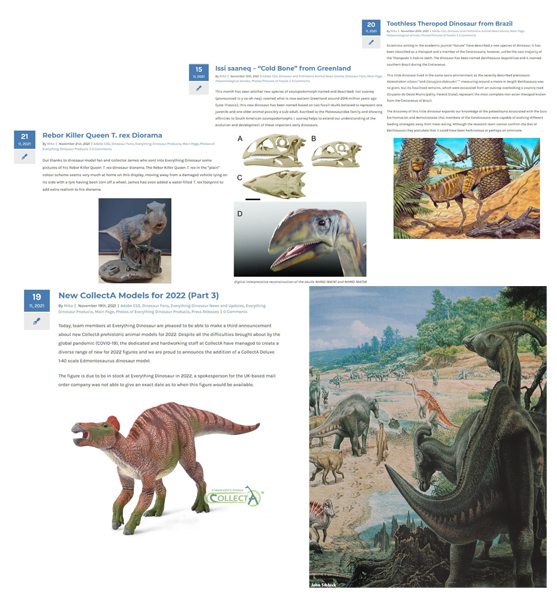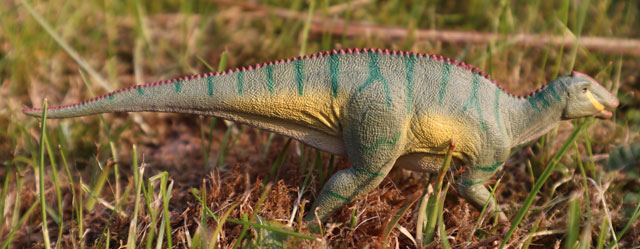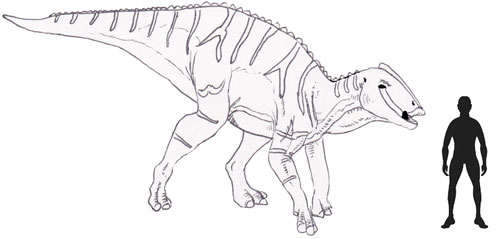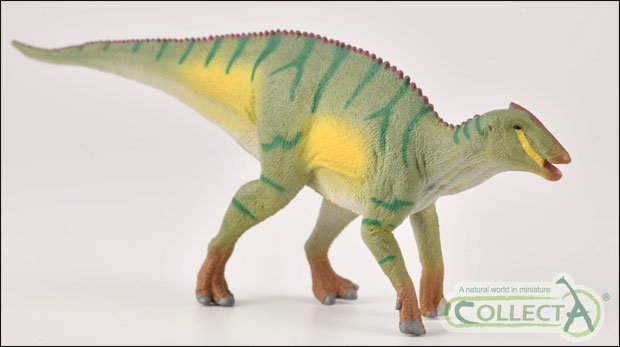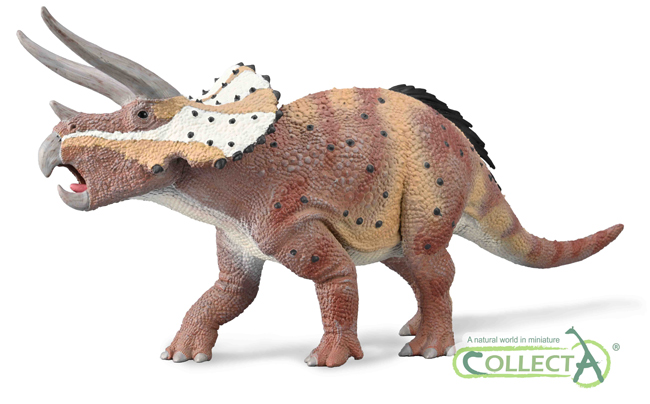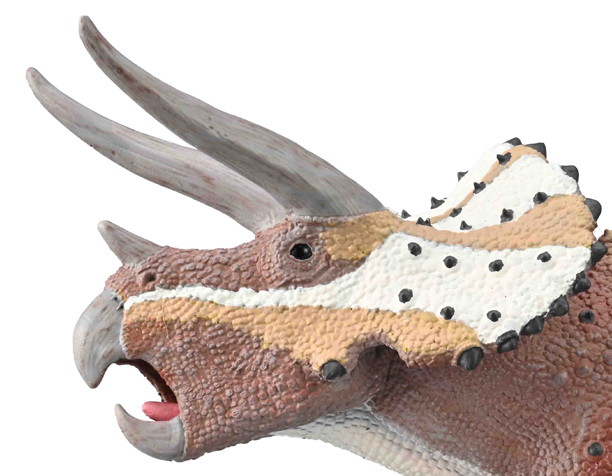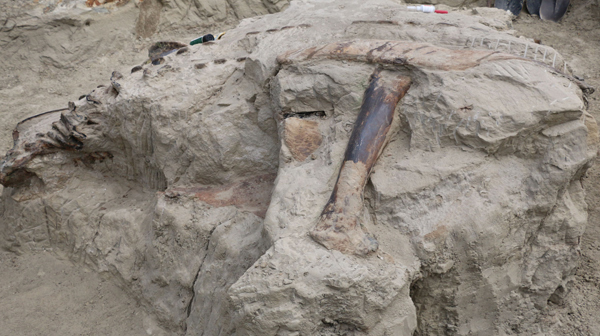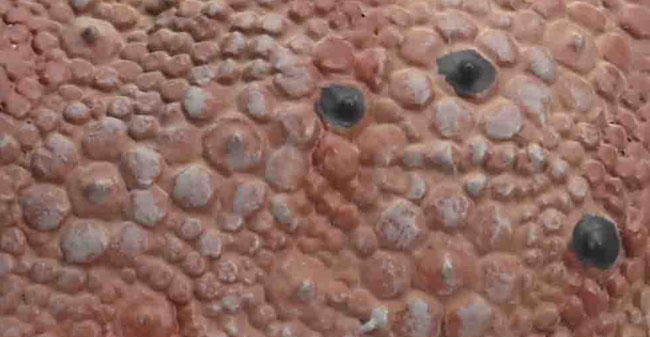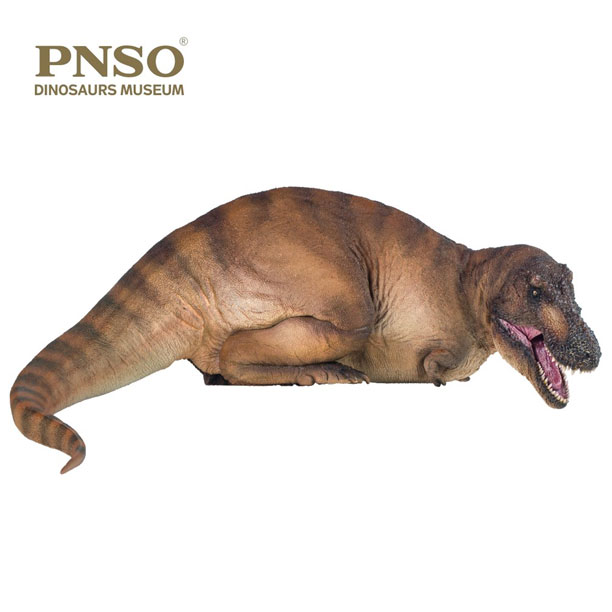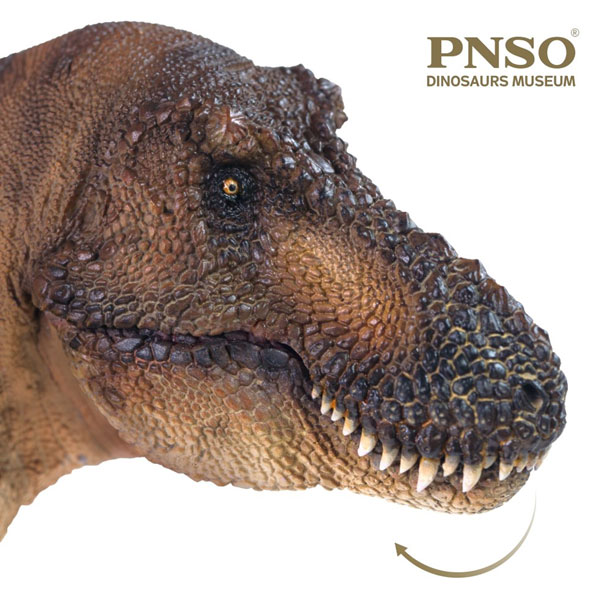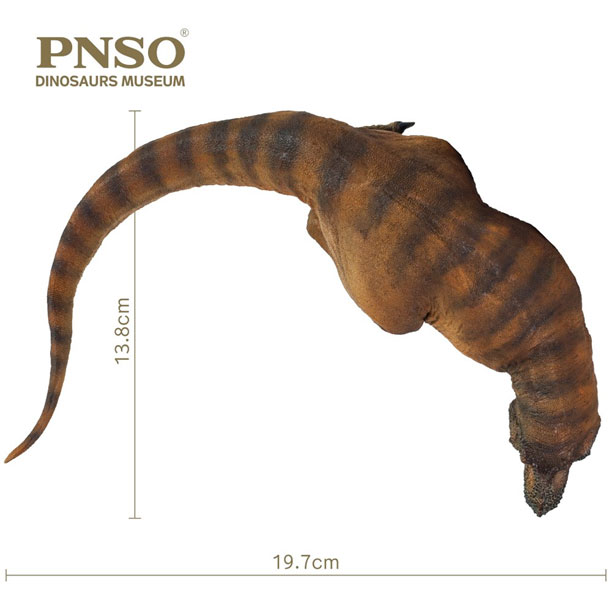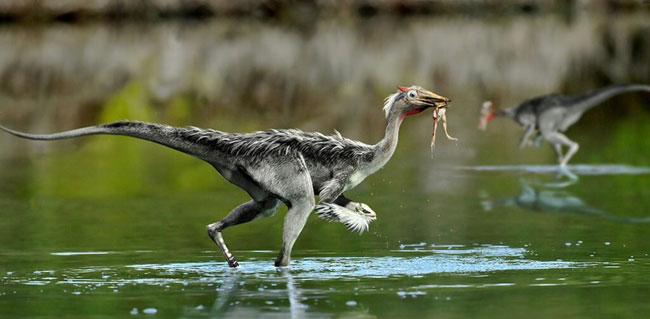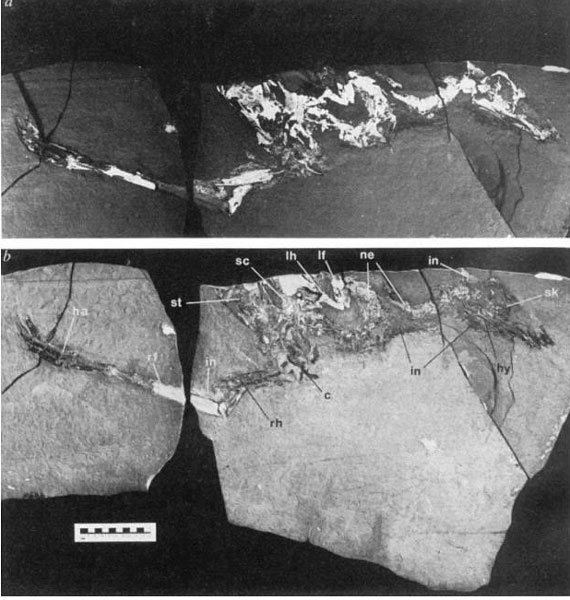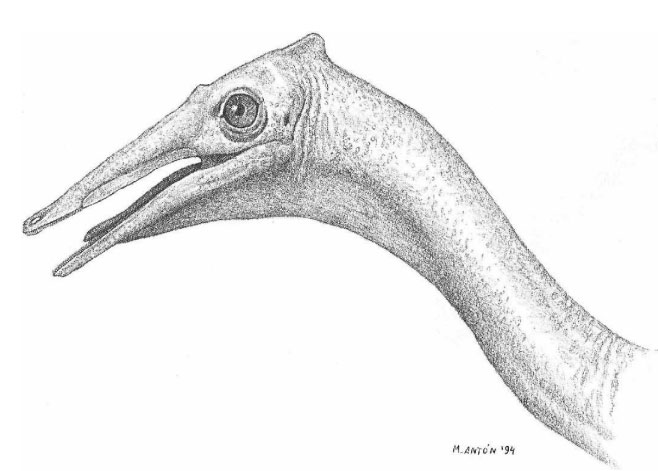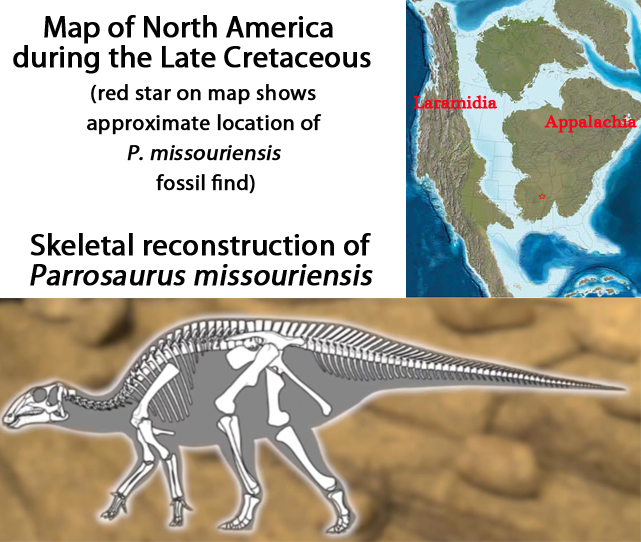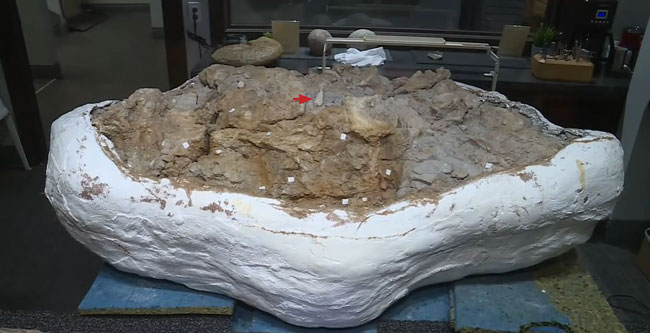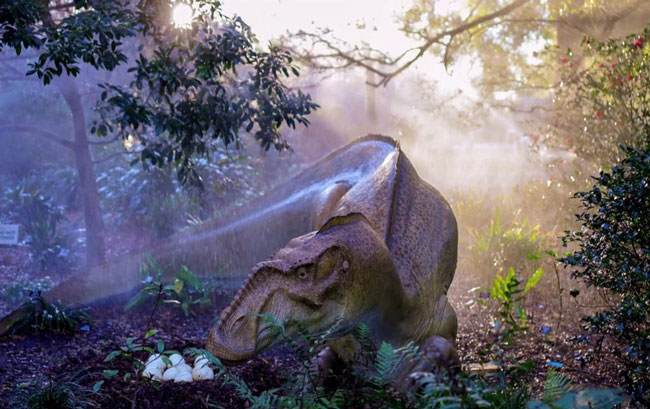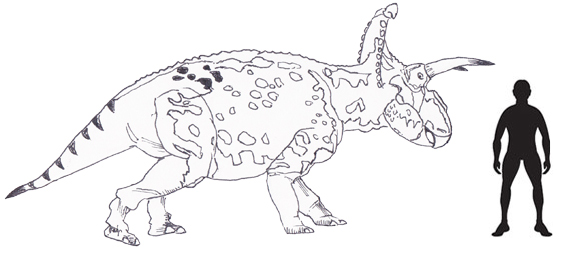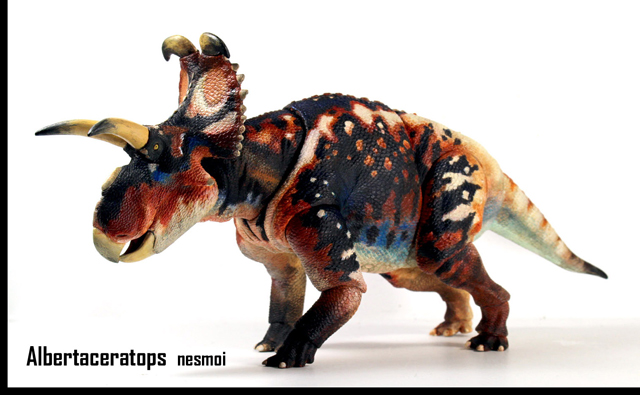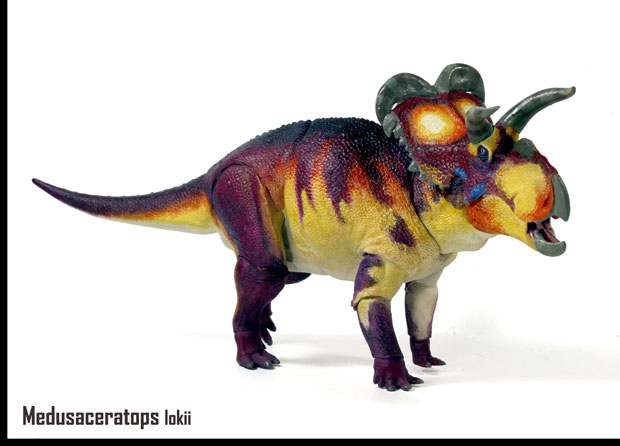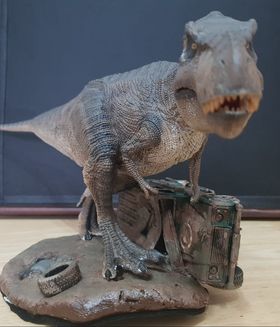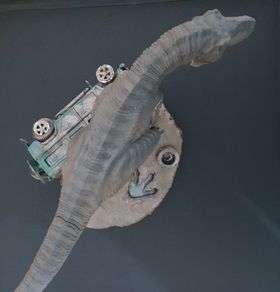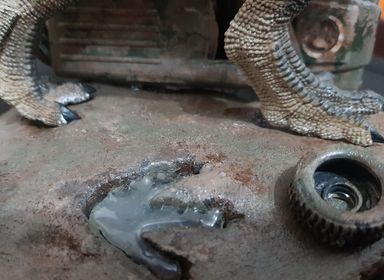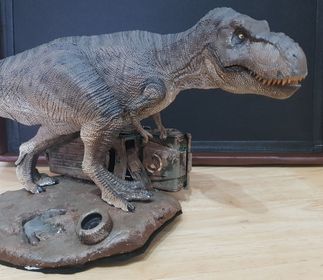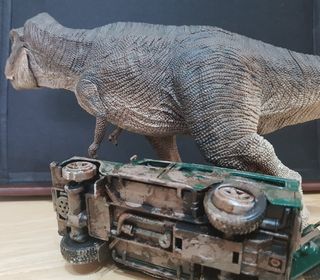Effigia – A Triassic Browser According to New Research
A Triassic herbivore, known for its supposed similarities to a modern-day ostrich and ornithomimid dinosaurs has been revealed to have an entirely different approach to feeding than previously thought, according to newly published research. The new discovery reveals a much broader diversity of herbivore behaviour during the Triassic period than has been recognised to date.
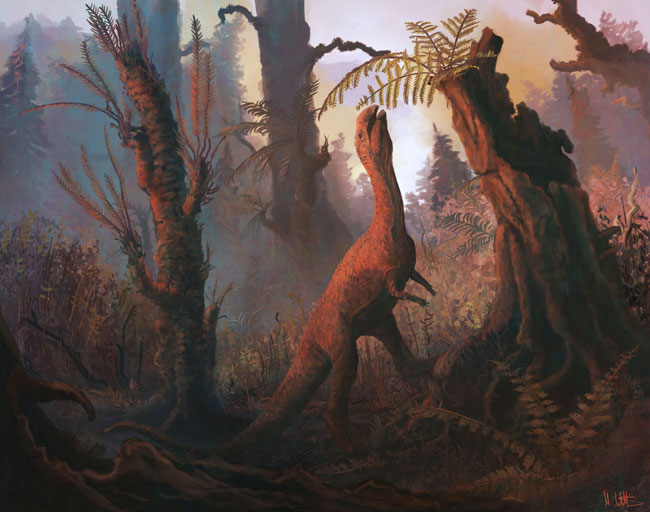
Effigia life reconstruction. New research has clarified the mode of feeding for this Late Triassic archosaur. It was probably a browser. Picture credit: Mark Witton.
Picture credit: Mark Witton
Effigia okeeffeae
Formally named and described in 2006 (Nesbitt and Norell), although fossils of this little archosaur on the crocodilian lineage of the Archosauria family tree were first found in the 1940s, Effigia (E. okeeffeae) roamed New Mexico around 205 million years ago.
Fossil remains had been relatively poorly preserved and the skull, in particular, was quite badly deformed, making accurate reconstruction challenging. Early analysis of the specimen concluded that it belonged to the group of reptiles that includes crocodilians and birds and which started to flourish in the Triassic period. Although more closely related to crocodilians, Effigia’s lightweight body, elongated neck, large eyes and beak shared many similarities with a modern-day ostrich, leading researchers to believe the animal fed by pecking plant material from the ground.
A new study of the fossil material, undertaken by experts at the University of Birmingham, has revealed this animal was probably an entirely different type of herbivore. The research, carried out in partnership with experts at the University of Bristol, University College London, University of York, Virginia Tech and the Natural History Museum in London, has been published in the academic journal “The Anatomical Record”.
The researchers examined CT scans of Effigia’s skull which permitted a much more accurate and three-dimensional reconstruction of the animal. This included new information about the morphology of the cranium, such as a more rounded, bulbous brain cavity and curved upper and lower jaws. Unlike the bill of an ostrich, which is more rounded, Effigia’s bill is concave with jaws that open and close a bit like a pair of shears.
Examining Different Forces on the Skull
The team used this information to model the effects of different forces acting on the skull, including what happens when the animal pecks at the ground. By modelling the forces the skull would need to withstand in order to feed by pecking, the researchers calculated that Effigia’s skull would probably have shattered. Instead, they suggest, the animal probably used its jaws to snip off and nibble pieces of soft plant material such as young shoots, or ferns. Effigia was likely to have been a selective browser.
Commenting on the significance of the research into the feeding habits of this Late Triassic archosaur, an animal that when first discovered was thought to be a dinosaur, lead researcher Dr Jordan Bestwick (University of Birmingham), stated:
“The herbivores we already recognise in the Triassic period fed either by digging for roots, such as the pig-like aetosaurs, or reaching for leaves high up in the treetops, like the long-necked sauropods. These two-legged browsers with a weak bite are unique to this period and show a previously unrecognised diversity among the herbivores of this period.”
Everything Dinosaur acknowledges the assistance of a media release from the University of Birmingham in the compilation of this article.
The scientific paper: “Cranial functional morphology of the pseudosuchian Effigia and implications for its ecological role in the Triassic” by Jordan Bestwick, Andrew S. Jones, Sterling J. Nesbitt, Stephan Lautenschlager, Emily J. Rayfield, Andrew R. Cuff, David J. Button, Paul M. Barrett, Laura B. Porro, Richard J. Butler published in The Anatomical Record.
The Everything Dinosaur website: Dinosaur Models and Toys.


